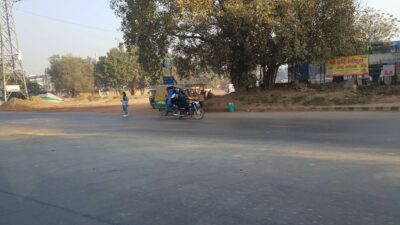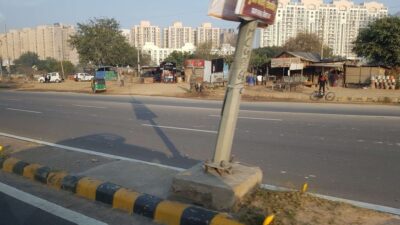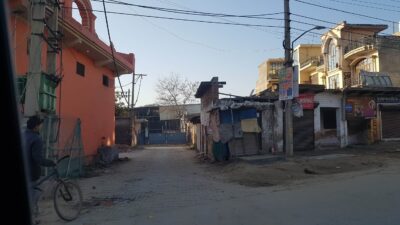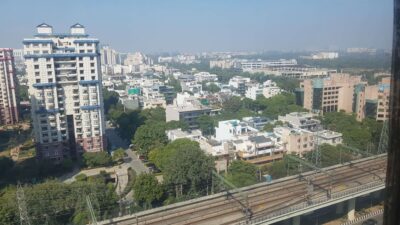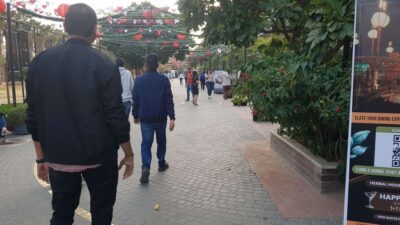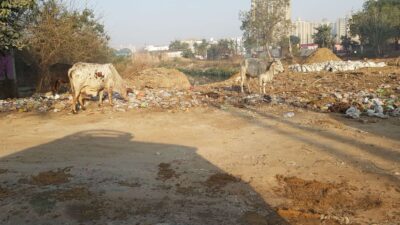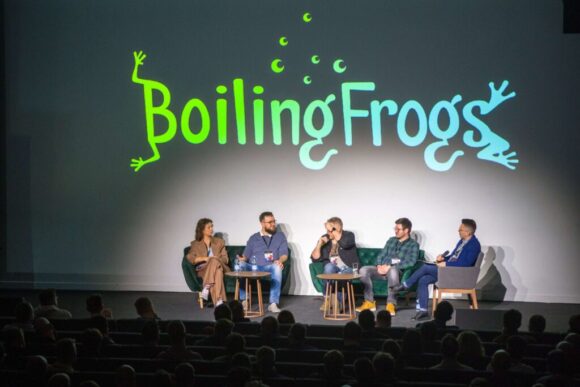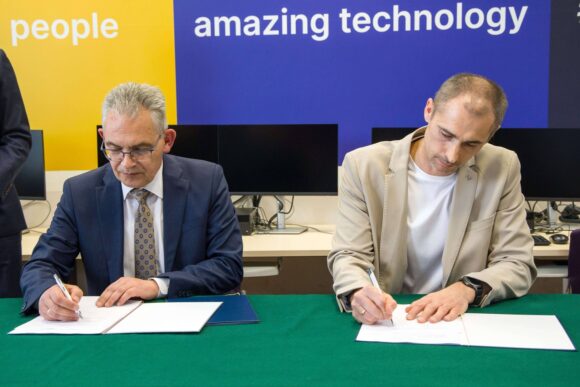
I wasn’t prepared for what I saw. David’s impressions of a business trip to India
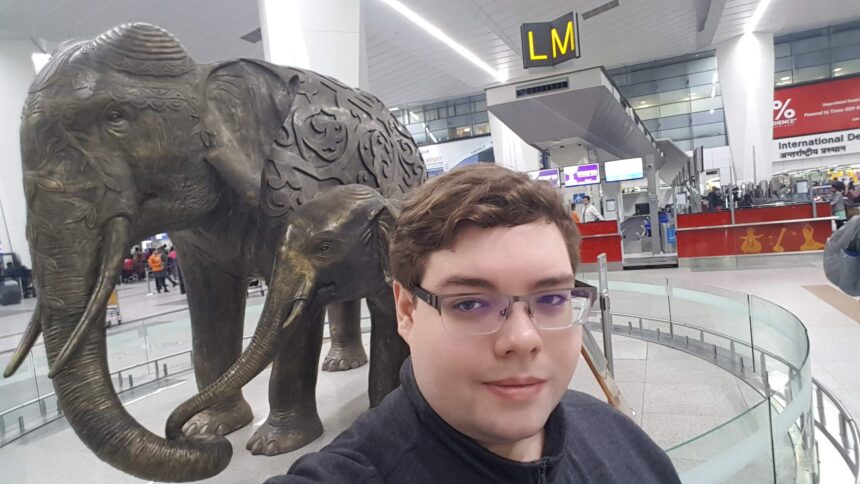
Thanks to cloud solutions, the vast majority of our system implementations are performed from the office. From time to time, however, there is a need to perform integration at the client’s site. In this way, Dawid, our Implementation Analyst, got a chance for an unusual trip to India. What memories does he bring back?
At AUCTANE we work internationally, but did you expect to have the opportunity to travel to another continent?
The trip was a surprise for me, but it was also very exciting. Not everyone has the opportunity to visit India, and for me, it was a business task. I had specific duties to perform, so there was no time for in-depth sightseeing, but I had the opportunity to learn more about the culture of this country, try real Indian food and even take part in an Indian celebration. All this was an unforgettable experience.
Tell us what exactly did you do there. What tasks were you sent with?
The purpose of the trip was to help with the opening of a new warehouse. Our system is responsible for the integration of couriers and printing labels when packing parcels. India is a unique and demanding market, so people from many departments and different parts of the world came to supervise and help. The first day was quite calm, the day before the opening we made a round and checked if everything was working. The fun wasn’t supposed to start until Tuesday.
How did you manage the communication, because it must have been a bit of a challenge?
Indeed, I was afraid that it would be a problem and that the language barrier would make communication difficult, but on the spot, it turned out that we got along great. Despite the wide range of languages that could be heard in the office part.
You said that the second day brought you the most professional challenges, but it was also the day of the opening of the warehouse and the ceremony you mentioned. Tell us more about this event.
It was very unexpected. I was expecting a celebration at the opening, but I wasn’t prepared for what I saw. In the morning there was an assembly full of speeches and thanks, after which everyone went outside and the celebration began. There was drumming, everyone started dancing. Country of origin, position, age – nothing mattered, everyone danced together and celebrated the contribution each of us made to this project. Colleagues from India even taught us some traditional dances. After the dancing, there was a ribbon-cutting ceremony and we went inside. There was a cake and a glass of… apple juice waiting for us.
After that, the warehouse was opened and we could ceremoniously send the first parcel. Some minor problems arose, mainly related to polishing the processes and exchanging information, but nothing interrupted the launch and the process gained momentum every day. In the end, we had almost 20,000 ready packages.
So it was a complete success. Big congratulations to you and your team! Let’s talk a little about India. You mentioned that you had the opportunity to try their cuisine. What did you think of the food?
Indian cuisine is known for its spices for a reason. Each dish has an incredibly complex and varied palette of aromas, and the fact that most meals are a set of several smaller plates means that a person can endlessly experiment and combine individual flavours and dishes. Most dishes look pretty simple – vegetables in sauce, meat in sauce, legume soup, etc., most often served with rice or bread, but with such an overwhelming variety of spices, it is impossible to eat the same thing twice, regardless of the base ingredients.
I got to know a very extensive vegetarian cuisine. A good 80% of the dishes I ate had no meat in them, and that didn’t bother me at all. Personally, I loved all chickpea dishes the most – soups, sauces, and stuffings. With meals, I usually drank chai masala, which is tea brewed with milk and spices. Yes, even the tea is spiced.
What would you advise people visiting India and sitting in a restaurant for the first time?
Note that everything is hot by default. Unless it says anywhere that a dish is spicy, you can expect it to be slightly hot. Dishes described as Spicy or Chili are literally hell. Fortunately, Indian cuisine is well thought out and there is a lot of dairy in it. Yoghurt sauces, cheeses, and kefirs soften the spiciness. Interestingly, most dairy comes from cows, so a cow can be milked but not harmed.
Have you had a chance to see such a “sacred cow” or other animals that live freely in India?
There are many wild and semi-wild animals there. Leaving the city, I saw a lot of wild dogs and cows roaming the roads. The dogs are relatively harmless and people treat them fairly well, I have often seen bowls of water and food put out at homes for nearby dogs. As for the cows, they are treated with due respect and nothing harmful can be done to them. Therefore, when the cow wanted to take a nap in the middle of the road, we had to turn around and take a detour. I was able to see monkeys near the forests. They walked unceremoniously along the sidewalk and no one had a problem with it.
What else surprised you during your stay in India?
Road traffic. It is absurd and absolutely incomprehensible to people from Europe. All traffic rules can rather be called guidelines in this case, because the general rules are: go ahead and not get killed.
There is no double solid in India, all lines are broken and people use lanes very liberally. They all drive in a zigzag pattern and try to pass absolutely any vehicle slower than them. The width of the lanes is conventional because 6-7 cars can easily drive on 4 lanes, and if there are motorcycles or rickshaws, even more. Everyone honks at each other, treating it as a form of communication. If you want to overtake someone, you honk. If you want to turn, you honk again.
You have to be very reactive on the road, because you never know when you’re going to run into a flock of 40 sheep, for example, that someone is leading along the road, which forces the traffic to swing. Even the safety rules are conventional because motorcyclists mostly don’t have helmets, rickshaws are loaded to 300% of their capacity, and cars pass each other with a maximum distance of 30 cm.
Most amazingly, I saw virtually no accidents. Despite the apparent chaos, this reactive way of driving work and people manage.
We are glad that, first of all, you made it there on the spot and that the project was a success. We wish you more challenges like that. Thank you for the interview.
Thank you.
